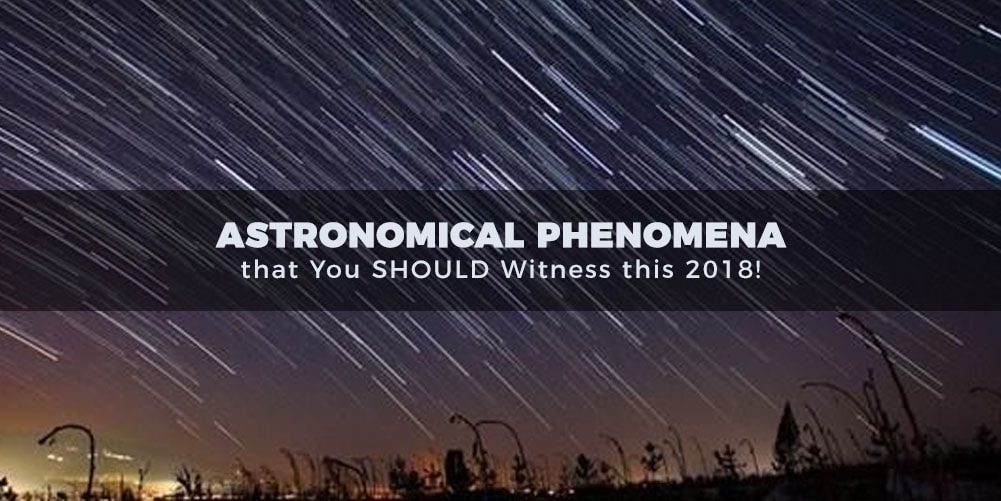
Above us and beneath the clouds is a vast galaxy that is full of mystery—the Milky Way. This galaxy holds up the Solar System, the moon, gazillion stars and other celestial bodies, which lighten up the dark night sky.
For those who are fond of astronomy, here are some of the awe-inspiring phenomena that will make you look up in the sky. Take note, you don’t have to fly into the outer space just to see these phenomena.
February 15: Partial Solar Eclipse
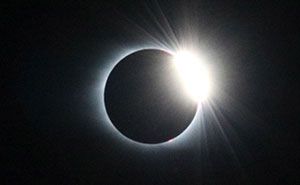
This phenomenon which resembles a bite taken out of a cookie is when the moon covers only a part of the sun. Partial Solar Eclipse can be observed by looking at the sun’s reflection.
Photo credit: Pinterest
March 2 & 31: Full Moon, Blue Moon
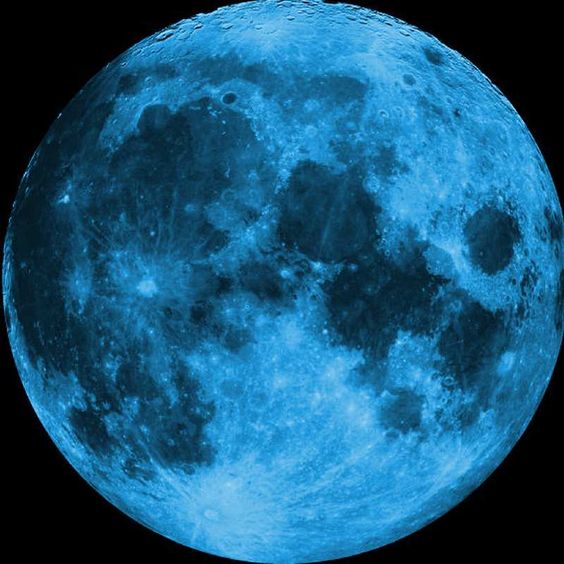
One of the most beautiful astronomical phenomena that happens when there are two Full Moons in the same month—the second Full Moon is called Blue Moon.
Photo credit: Pinterest
April 16 & 25: Lyrid Meteor Shower
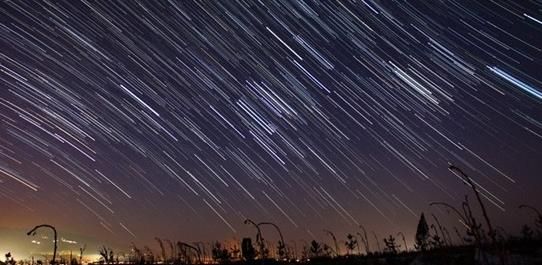
Lyrids Meteor Shower is a phenomenon with the earliest records dating back to 687 BC. This meteor shower normally produces about 20 meteors per hour at its peak and this year it will shower about 18 per hour.
Photo credit: timeable.com
May 6 & 7: Eta Aquarids

Eta Aquarids is produced by dust particles left behind by comet Halley. The meteor shower annually happens from April 19 to May 18 and this year it will be on the night of May 6 to morning of May 7.
Photo credit: Pinterest
July 27: Total Lunar Eclipse
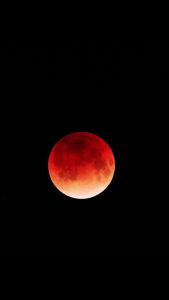
During this type of eclipse, the moon gets darker and then turns on rusty or blood red color. Henc, it also known as the “Red Moon” or “Blood Moon”.
Photo credit: Pinterest
Perseids Meteor Shower
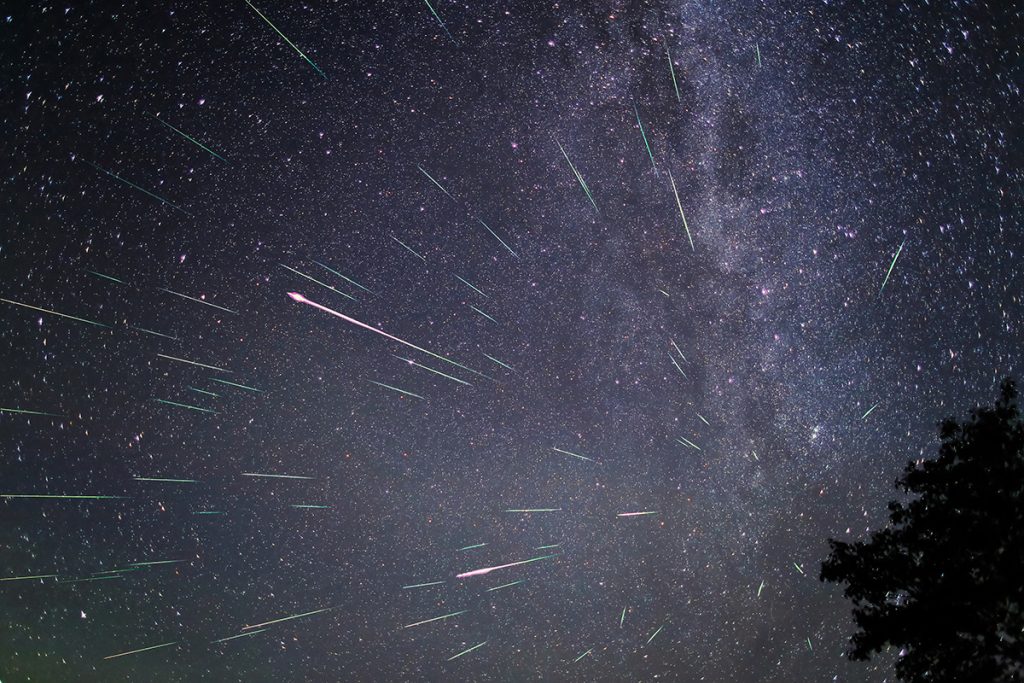
One of the best meteor showers you should never miss to observe for it produces up to 60 meteors per hour, which is due to the dust particles left by comet Swift-Tuttle (1862). The shower will radiate from the constellation Perseus.
Photo credit: mounstar.com
October 21 & 22: Orionids Meteor Shower
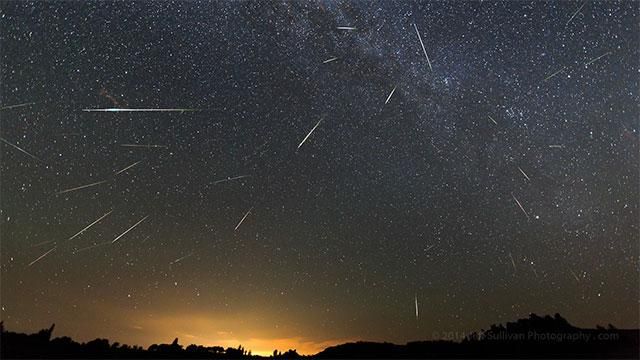
This meteor shower is produced by dust grains left behind by comet Halley, which has been known and observe since ancient times. Orionids will shower up to 20 meteors per hour at its peak.
Photo credit: timable.com
November 17 & 18: Leonids Meteor Shower

What makes this meteor shower unique is it has a cyclonic peak about every 33 years where hundreds of meteors can be observed. Leonids is caused by dust grains left behind by comet Tempel-Tuttle (1865).
Photo credit: futurism
December 7 – 17: Geminids Meteor Shower
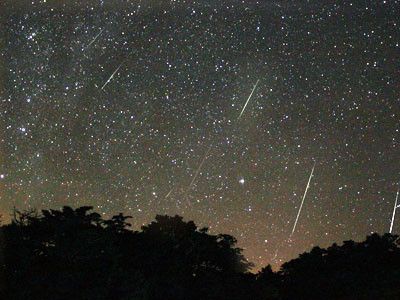
Geminids Meteor Shower, dubbed as the king of the meteor shower, as many considered it to be the best shower in the heavens which produces up to 120 multicolored meteors per hour at its peak.
Photo credit: timeable
Be sure not to miss these panoramic view from up above! They’re all worth the time!

















